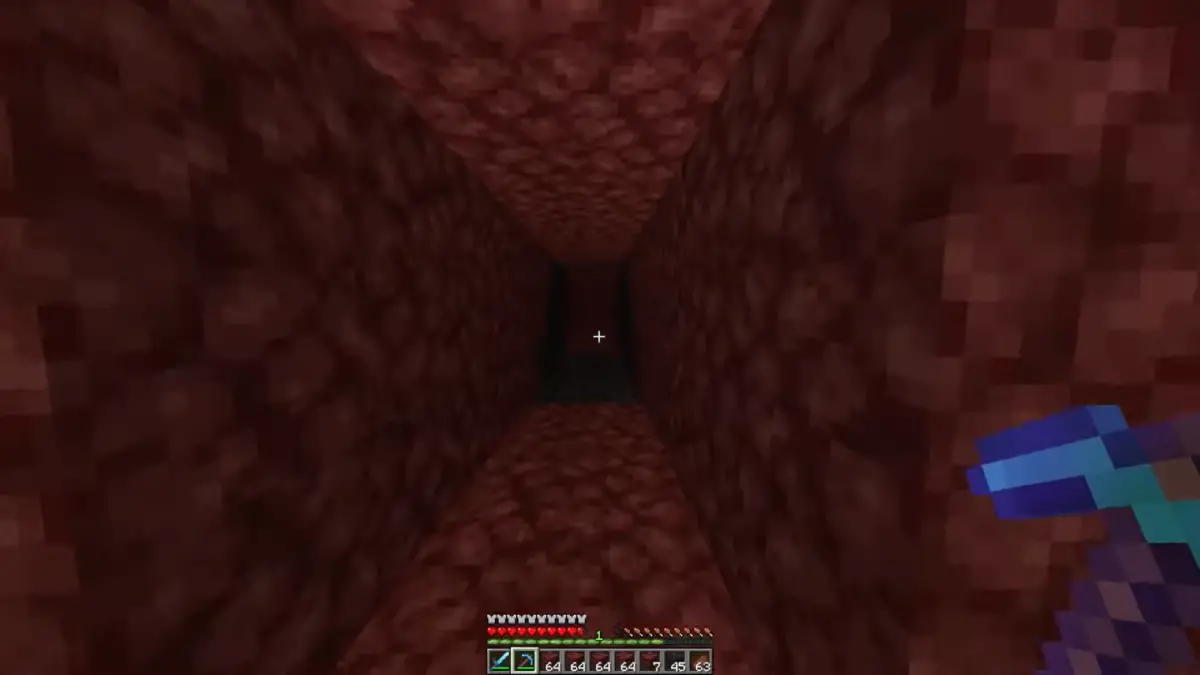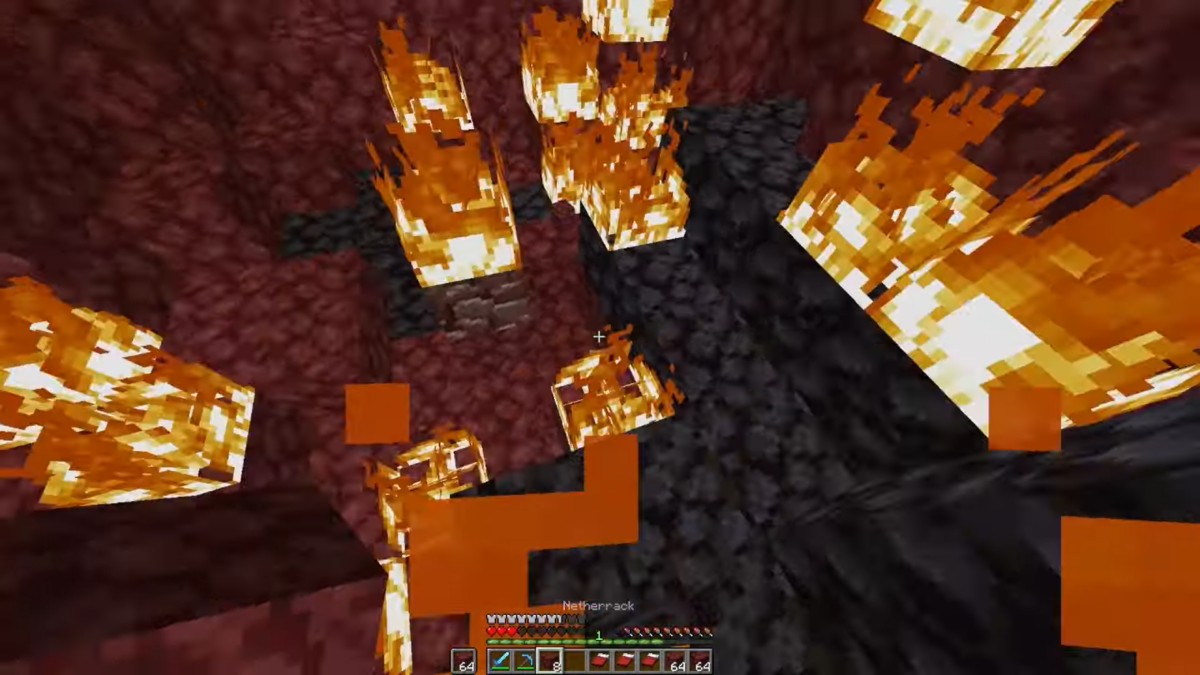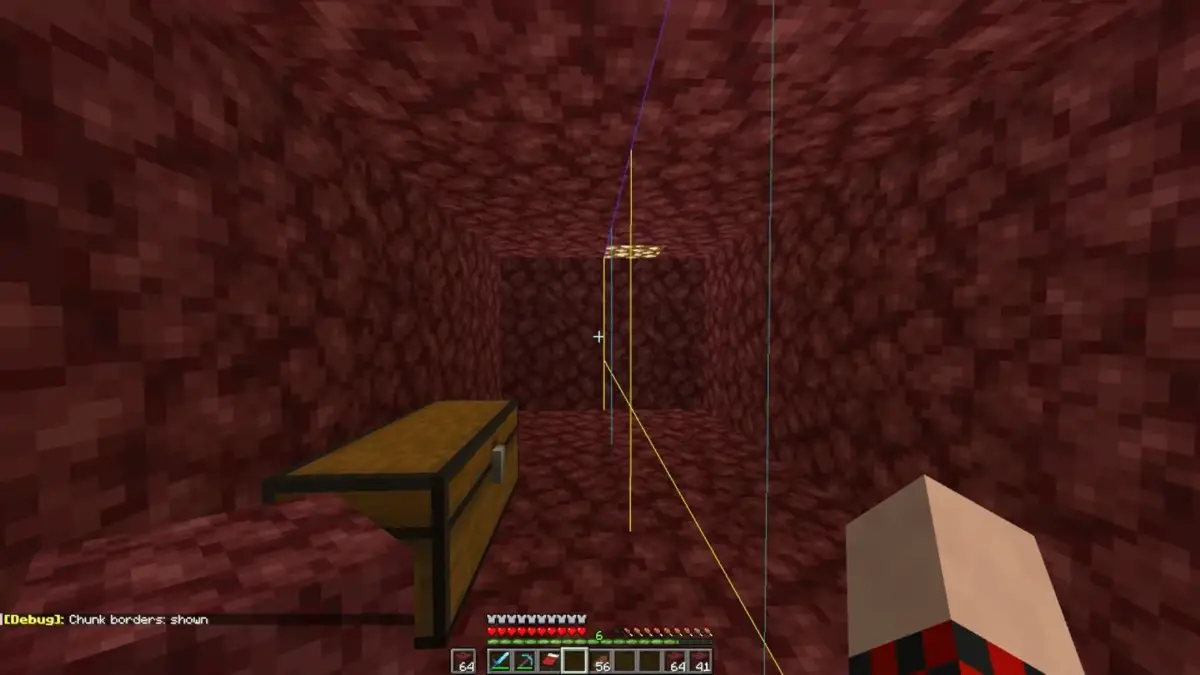Since the Caves and Cliffs upgrade in 1.19, players who require Minecraft Ancient Debris can no longer rely on the previous methods of mining. Find out the list of ways to mine Minecraft Ancient Debris below!
Ancient Debris may be found in all Nether biomes, however, mining for it is more challenging in basalt deltas because of the prevalence of Blackstone and the harder-to-mine basalt blocks. To upgrade a whole set of gear, 36 blocks of Minecraft Ancient Debris must be mined (since it requires 9 Netherite Ingots).
More Minecraft Ancient Debris can be crafted into Netherite Blocks and Lodestones, or used to upgrade more items. You have to exercise caution when mining through dense Netherrack to prevent becoming stuck in pockets of subterranean lava. Let’s look at how and where the Ancient Debris can be Mined.
Where does one find The Minecraft Ancient Debris?
In the Nether, Minecraft Ancient Debris typically spawns at Y-level -14 in Minecraft. Ancient Debris frequently spawns at the edge of loaded blocks in the Nether, thus players have two options for where to look for it. Players should be prepared to take their time when mining Ancient Debris because it is the rarest block in the game and doesn’t usually occur in veins of multiples.
How to Mine the Minecraft Ancient Debris?
Gamers who don’t have the equipment to strip mine but still want to obtain Ancient Debris early in their survival world should make plenty of beds. In the End and Nether, beds burst, destroying any nearby weak blocks and clearing out a sizable portion of the subterranean block structure. To avoid being hit by the blast, players only need to position a bed four blocks away from the Minecraft Ancient Debris spawn level, place a block of cobblestone beneath their feet to shield them from it and interact with the bed to cause it to explode, keeping them safe.
Branch Mining
A diamond pickaxe with at least Efficiency II can be used by the player to mine the nether rack right away. This allows mining to be done while maintaining sprint at the right angle. After coming over lava, the player might mine in one direction before moving in a different one. Though it is possible for the player to unintentionally rush straight into lava, it is strongly advised to have many potions of fire resistance. Traditional mining uses fewer resources than TNT or beds because it only requires food and equipment. You can move through roughly 12 blocks per second using this strategy.

The Bed Method
This technique makes use of the fact that mattresses detonate with a wider blast radius than TNT when utilized in alternate dimensions. Since you don’t need to mine a lot, it is simple to do. However, you will fill up a lot of beds, so you will need dependable sources of wood and wool. It could also be a good idea to bring potions of fire resistance and totems of undying armour enchanted with blast protection, given the enormous amount of damage bed explosions do and the existence of underground lava pools. These, however, are not necessary.
Steps to mine with this method:
- Mining
- Crafting
- Main Tunnel
- Placing Beds
- Explosion

Chunk Border Mining
There is a widespread misperception that mining at chunk borders is a more effective technique to locate debris, or that ancient debris generates more frequently there. This is untrue.
The fact that the chunk’s vein cannot develop outside of the boundary and return to the chunk balances out the chance that a debris vein in one chunk could “cross the border” and result in a chunk with both its debris and the crossed-over vein.

The fact that you see fewer blocks in each chunk when mining at a chunk border balances the advantage of being able to see sections of twice as many chunks, which is something else to take into account.
Additionally, mattresses are frequently employed because they are less expensive than other explosives and explode when used in the Nether. Alternatively, the player can mine with ghasts or the wither, but they must be careful not to explode and destroy ancient detritus with the blue wither skulls.
More e-sports :

